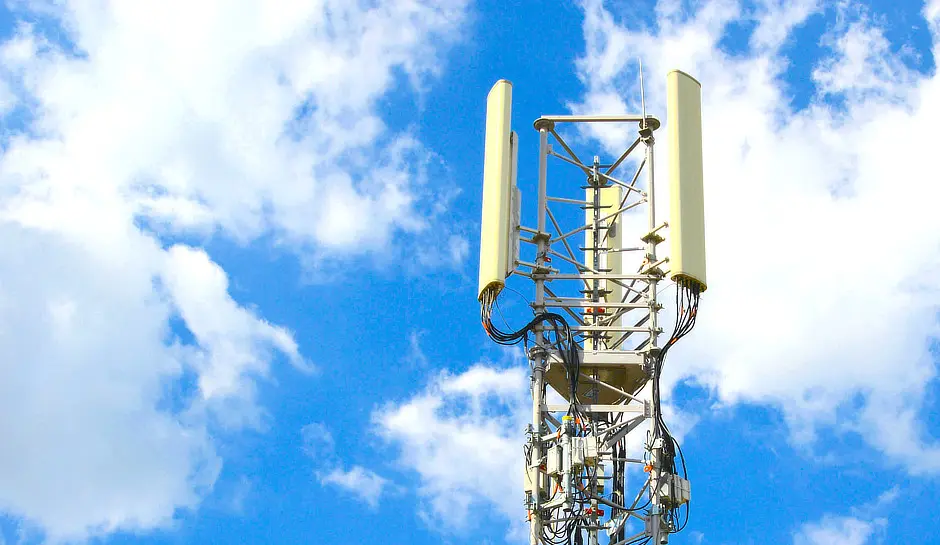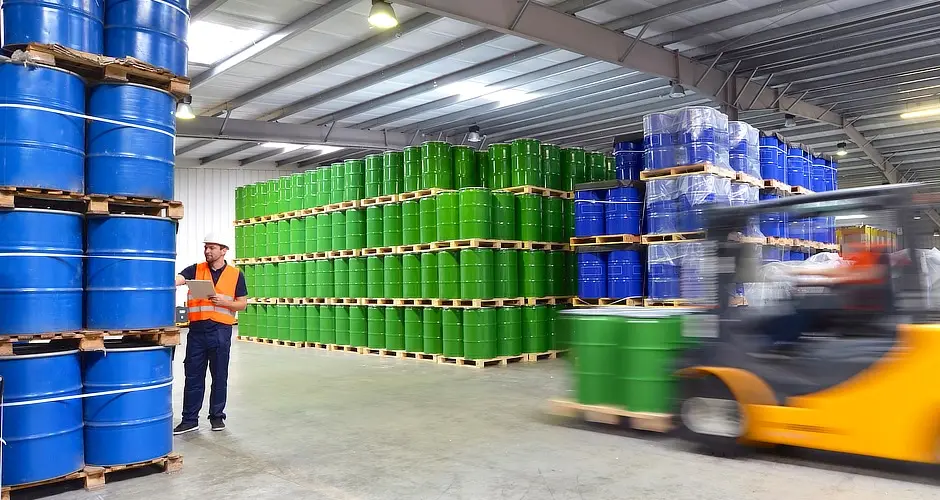
What is IoT connectivity? In today’s tech-driven world, it’s the magic that allows our devices to talk to each other and the internet, connecting everything in ways we once only dreamed of. But why is it so important?
This article breaks down IoT connectivity, explaining what it is and why it matters. We’ll also explore the different types of IoT connectivity options, from long-range solutions like LPWAN and cellular networks to short-range technologies such as Bluetooth and Wi-Fi.
Each type has its own strengths and is suited for specific applications, so understanding these options will help you choose the best one for your needs.
What is IoT Connectivity
IoT connectivity is the networked interconnection of devices that allows them to communicate and exchange data with each other and the internet. It is a fundamental aspect of the Internet of Things (IoT), enabling devices to collect, send, and process data without human intervention.
Types of IoT Connectivity

The choice of connectivity solution depends on various factors including range, bandwidth, power requirements, and the environment in which the IoT device operates. Understanding these options helps in selecting the right technology for specific IoT applications.
Long Range
1. Low Power Wide Area Networks (LPWAN)
Low Power Wide Area Networks (LPWAN) are designed for long-range communications at a low bit rate. They are ideal for applications that require long battery life and minimal maintenance.
LPWANs cover a large geographic area, potentially spanning entire cities or regions. Examples include LoRaWAN, Sigfox 0G, and NB-IoT. These networks are highly efficient in power consumption and cost, making them suitable for tracking assets over large distances.
LPWANs are suitable for non-powered moving assets like parcel cages or other returnable industrial packaging, for smart utility meters or smart devices in large commercial or residential properties.
2. Cellular Connectivity
Cellular networks offer robust connectivity solutions for IoT devices. There are various options available like LTE and 5G. They provide extensive coverage and are capable of supporting a vast number of devices per cell.
Cellular connectivity is well-suited for applications requiring high mobility support and higher data rates, such as in automotive applications (vehicle-to-everything communications), smart cities, and healthcare monitoring systems. As 5G networks expand, they are set to expand the capabilities of IoT with their lower latency and higher capacity.
3. Satellite Connectivity
Satellite connectivity provides global coverage, making it the ultimate choice for tracking assets across remote and maritime regions where other forms of connectivity are unfeasible. It operates by sending and receiving signals to and from satellites orbiting the earth.
This type of connectivity is crucial for critical communications in areas affected by natural disasters or where terrestrial network infrastructure is minimal or nonexistent. Although typically costly and requiring more power, recent advancements are making satellite IoT more accessible and efficient.
4. GPS
GPS (Global Positioning System) is a satellite-based navigation system that provides location and time information in all weather conditions, anywhere on or near the Earth. In the realm of IoT, GPS is essential for applications that require precise geolocation data.
GPS provides global and accurate coverage, which can be as precise as a few metres depending on the technology and setup used. However, it requires a clear line of sight to multiple satellites to function effectively, which can be a limitation in dense urban environments or indoors.
Short Range

1. RFID
Radio Frequency Identification (RFID) technology uses electromagnetic fields to automatically identify and track tags attached to objects. The tags contain electronically stored information which can be read from up to several metres away.
RFID is primarily used for inventory management, asset tracking, and access control. It operates in different frequency bands—low, high, and ultra-high frequency. Each band offers different ranges and speeds, influencing how RFID is implemented in various scenarios.
2. Bluetooth
Bluetooth is a wireless technology standard for exchanging data over short distances using short-wavelength UHF radio waves. It is commonly used in personal area networks that involve device-to-device interactions within a small space.
Typical applications include connecting peripherals like mice, keyboards, and headphones to computers or smartphones. Bluetooth has evolved through various versions, improving in range, speed, and energy efficiency with each iteration, culminating in Bluetooth 5 which significantly enhances these aspects.
3. Wi-Fi
Wi-Fi is a technology that allows electronic devices to connect to a WLAN (Wireless Local Area Network), typically using 2.4 GHz or 5 GHz radio bands. It is one of the most prevalent forms of wireless connectivity in homes and offices, providing high-speed internet access to devices within a limited area.
Wi-Fi’s high data transmission speeds make it suitable for applications demanding considerable bandwidth, such as video streaming, making it less ideal for low-power IoT applications unless managed with advanced power-saving strategies.
A recent development in Wi-Fi named Wi-Fi CERTIFIED HaLow, which is the designation for certified products that embed IEEE 802.11ah technology, augments Wi-Fi by operating in spectrum below 1 gigahertz (GHz) to offer longer range and lower power connectivity. Wi-Fi HaLow meets the unique requirements for the Internet of Things (IoT) to enable a variety of use cases in industrial, agricultural, smart building, and smart city environments.
Blended Connectivity

Blended connectivity refers to the integration of multiple connectivity technologies to optimise functionality and reliability. By combining different technologies, devices can switch between networks based on availability, cost, and power efficiency.
For example, a device might use satellite connectivity in remote areas and switch to cellular or Wi-Fi in urban settings. This approach ensures seamless operation across diverse environments, enhancing the overall efficacy and resilience of IoT solutions.
Each connectivity option offers unique advantages and is suited to specific IoT applications, making the landscape of IoT connectivity diverse and adaptable to evolving technological needs.
How do you know what’s right for you?
Choosing the right IoT connectivity will come down to your organisation’s specific needs and circumstances:
- what are you tracking or measuring?
- how much and how often do you require data?
- do you require rapid data recovery?
- is your data collection local, national or also international?
- is there any specific level of compliance or security that you need to meet?
An experienced IoT solution provider will run an assessment workshop with you to understand your specific needs before recommending an IoT solution for your business.
Contact Thinxta’s experienced team of IoT professionals to talk through your requirements and book in your workshop.


